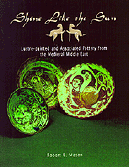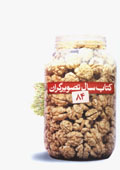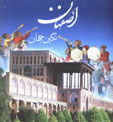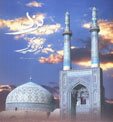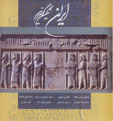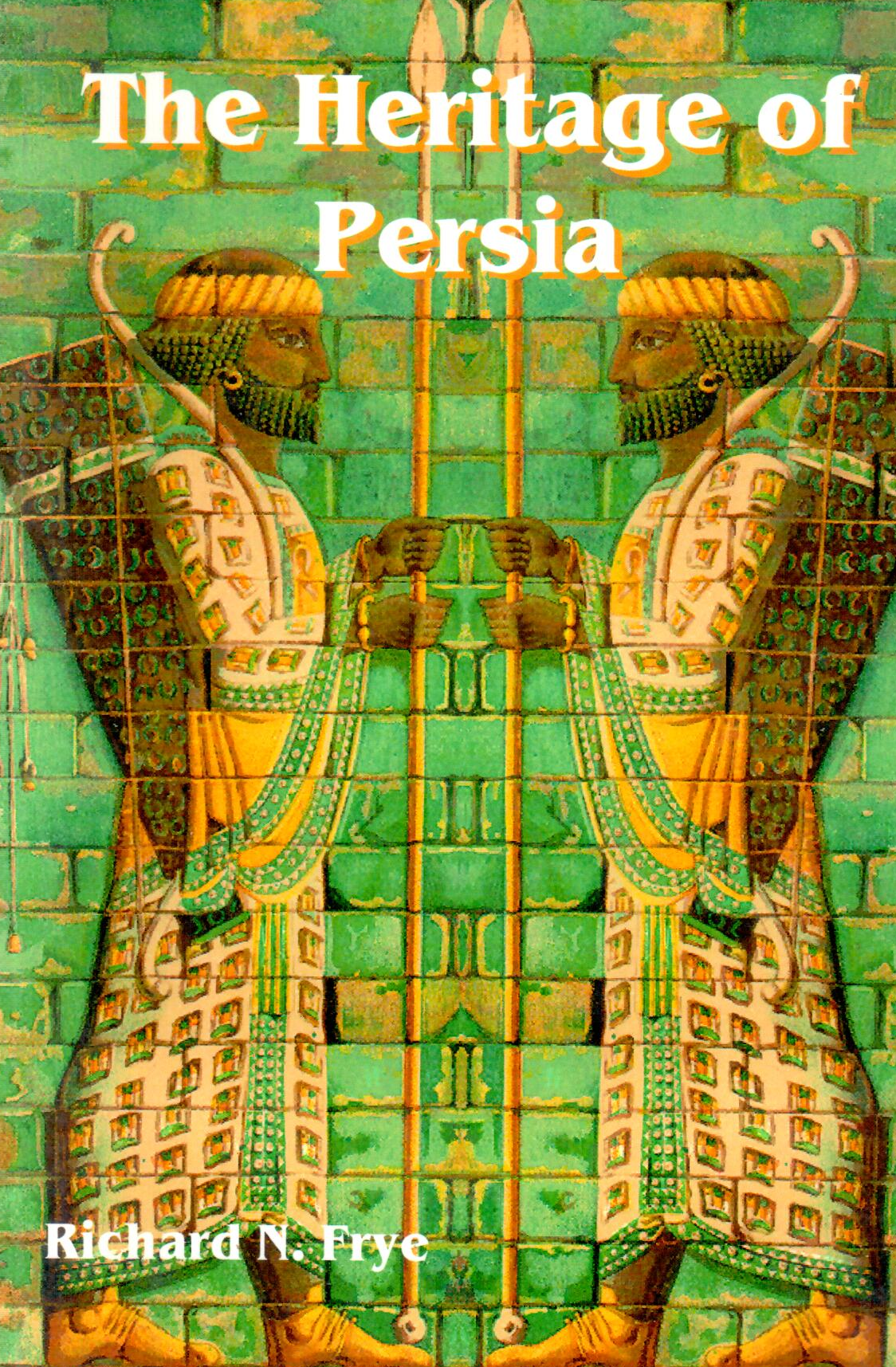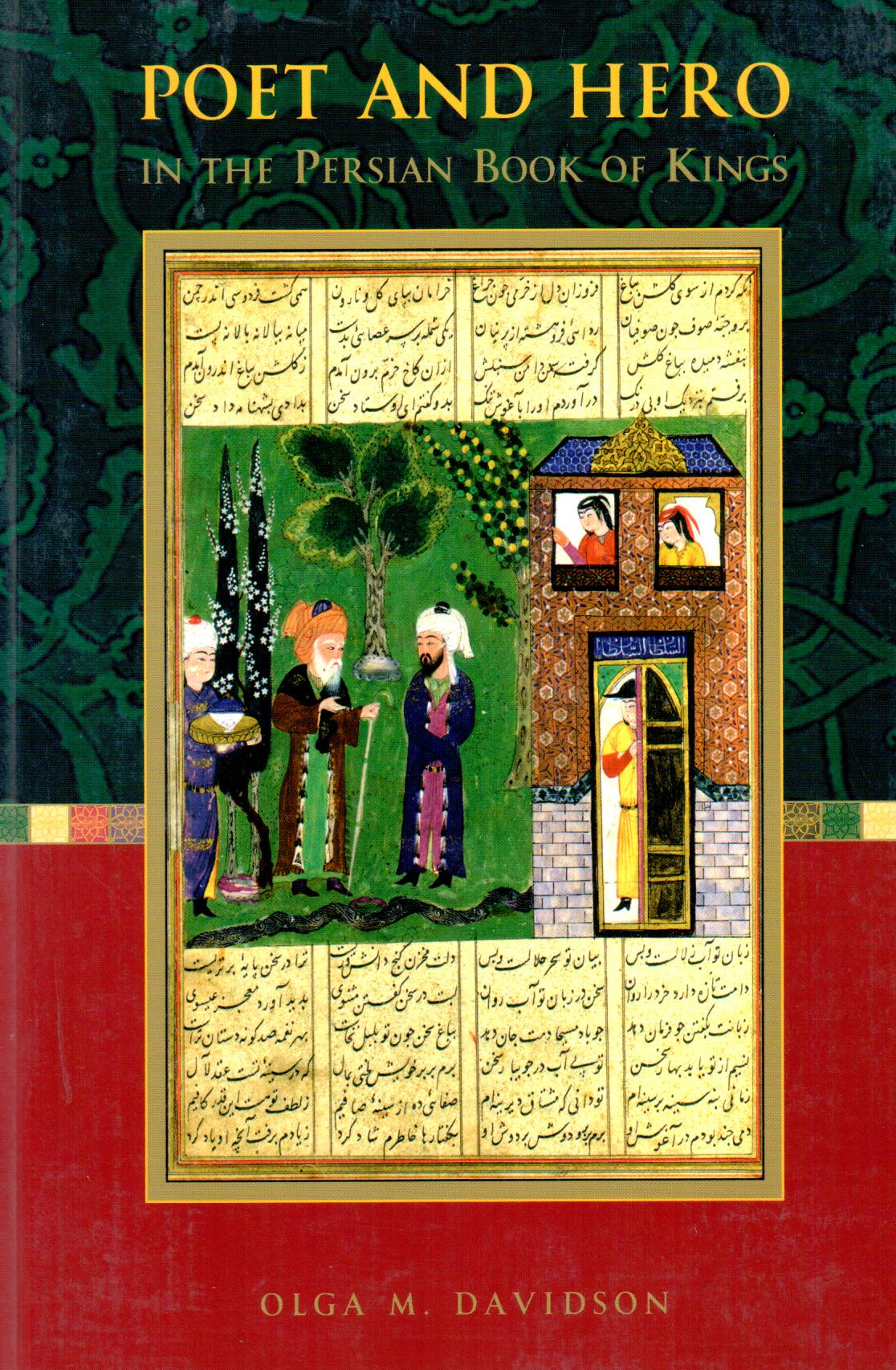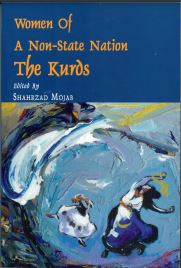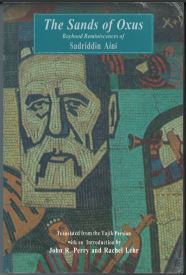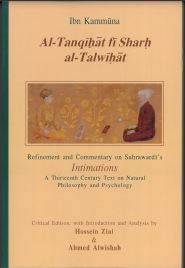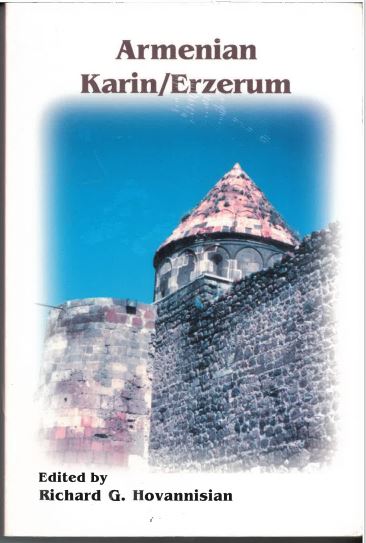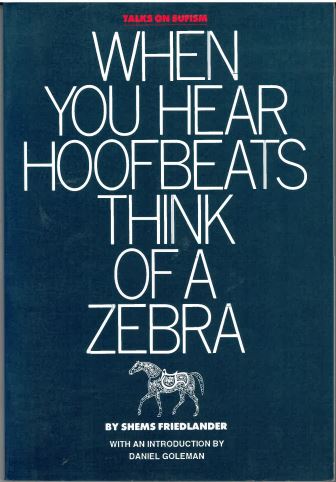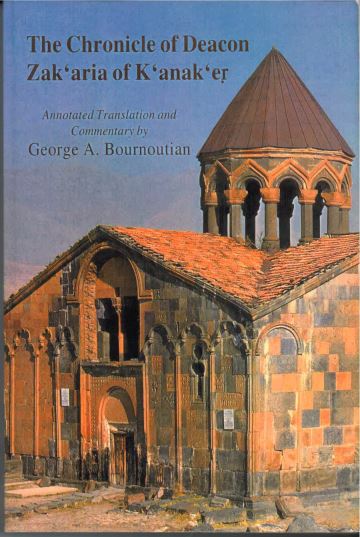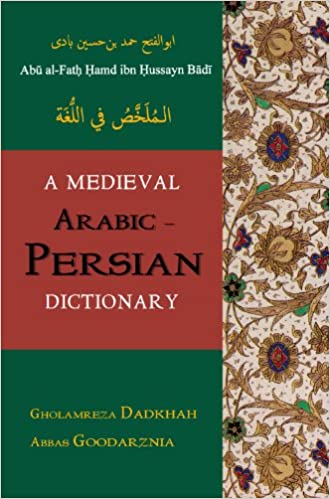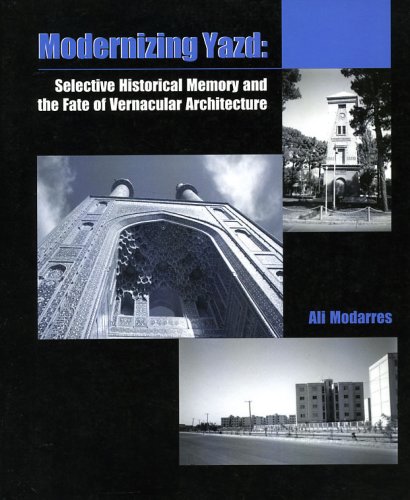Shine Like the Sun: Lustre-Painted and Associated Pottery from the ... انگلیسی 1383
Shine Like the Sun: Lustre-Painted and Associated Pottery from the ...
The glazed ceramics produced in the Islamic world are of tremendous importance to the fields of art-history, archaeology and the history of technology. Unfortunately their study has been beset by three major problems. Firstly, problems existed with the chronological and typological ordering of the various types, particularly in the relationship between different regions. Secondly, debilitating problems existed regarding the identification of centres of production for these wares. Although there is some documentary and archaeological evidence it has not been enough in the overwhelming majority of cases to link ceramic types to particular centres with any certainty. Thirdly, technical studies of these wares have previously focused on a few types, while most important technological questions have gone unanswered. Such questions include the origins of tin-opacified glazes, stonepaste bodies, underglaze painting, and other techniques. This study is aimed at approaching these three problems, focusing on the period from the beginning of the Islamic period, up until circa 1250. Three chief methodologies have been used. Standard archaeological approaches to pottery classification are us
The glazed ceramics produced in the Islamic world are of tremendous importance to the fields of art-history, archaeology and the history of technology. Unfortunately their study has been beset by three major problems. Firstly, problems existed with the chronological and typological ordering of the various types, particularly in the relationship between different regions. Secondly, debilitating problems existed regarding the identification of centres of production for these wares. Although there is some documentary and archaeological evidence it has not been enough in the overwhelming majority of cases to link ceramic types to particular centres with any certainty. Thirdly, technical studies of these wares have previously focused on a few types, while most important technological questions have gone unanswered. Such questions include the origins of tin-opacified glazes, stonepaste bodies, underglaze painting, and other techniques. This study is aimed at approaching these three problems, focusing on the period from the beginning of the Islamic period, up until circa 1250. Three chief methodologies have been used. Standard archaeological approaches to pottery classification are us

